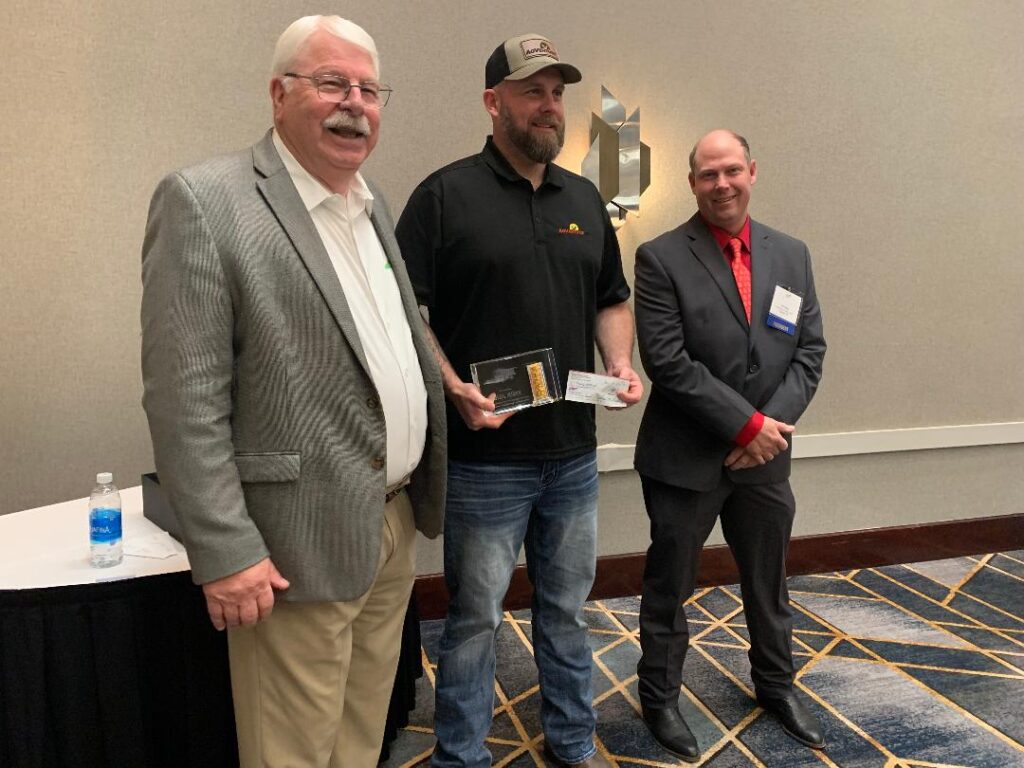Note: This is the second of a four-part series. Read the first part of the series here and then check back next week for part three.
 A career firefighter turned farmer is turning heads in North Carolina, across the US, and around the world. Russell Hedrick sent the seed industry into a frenzy after recording a 459.51 bushel/acre dryland yield in 2022, but his story starts years before.
A career firefighter turned farmer is turning heads in North Carolina, across the US, and around the world. Russell Hedrick sent the seed industry into a frenzy after recording a 459.51 bushel/acre dryland yield in 2022, but his story starts years before.
When Hedrick started farming, his knowledge was limited to planting a garden with his grandparents. And as a first-generation farmer, he was starting from scratch when it came to equipment. So he did his research.
“Watching the Hefty brothers on Ag PhD, reading online publications from NC State University, talking to other farmers, that’s how we learned,” he recalled. “And we didn’t have enough money to buy certain equipment, so that’s actually how we ended up on the no-till route, due to cost savings on buying the planter.”
 Hedrick learned about the benefits of cover crops from his local extension office and credits the 20-minute video they showed him for fixing his erosion issues.
Hedrick learned about the benefits of cover crops from his local extension office and credits the 20-minute video they showed him for fixing his erosion issues.
“We had to look at these things strictly from an economic standpoint,” he said. “How much capital do we have to invest? What’s the return on investment and profitability of the farm? Those were the questions we focused on when we were getting started.
“Understanding nutrient cycling, plant health and weed suppression came years down the road as an aftermath of the practices we started implementing on day one.
Hedrick has seen the benefits of cover crops, grazing livestock, and using manure on his ground, starting with 1.7% organic matter in the 2012 season and increasing to 8.2% by 2022.
“For every one percent increase of organic matter, I’m boosting my water holding capacity to about 25,000 to 27,000 gallons,” he explained. “That means I have the ability now versus 10 years ago to hold another seven acre inches of moisture in the top six inches. Based on corn using ¼ inch of moisture a day during vegetative growth, that is 24 days longer I can go without rain than my neighbor without adding drought stress. And if we’re not stressing the plant, we’re putting on maximized yield.”
Hedrick credits more than just cover crops and no-till farming for his winning yields in 2016 and 2022. In part three of our series, we’ll dive into the technologies and techniques he has found to be most effective, as well as the micronutrients he recommends monitoring for maximized production.